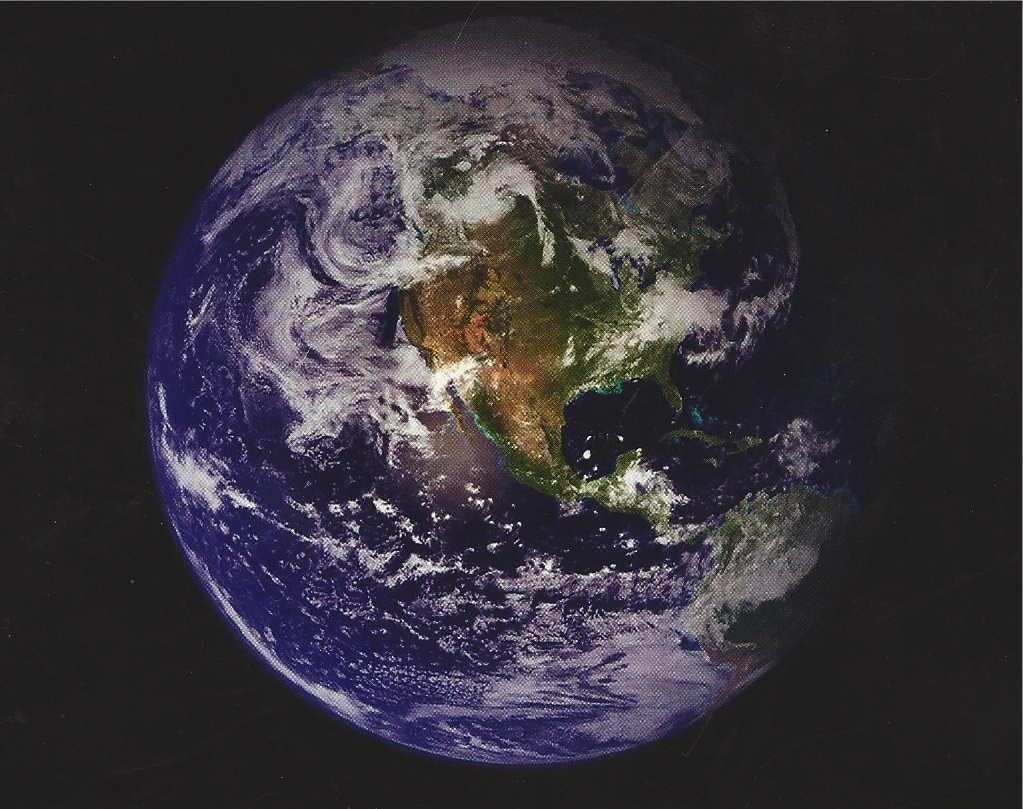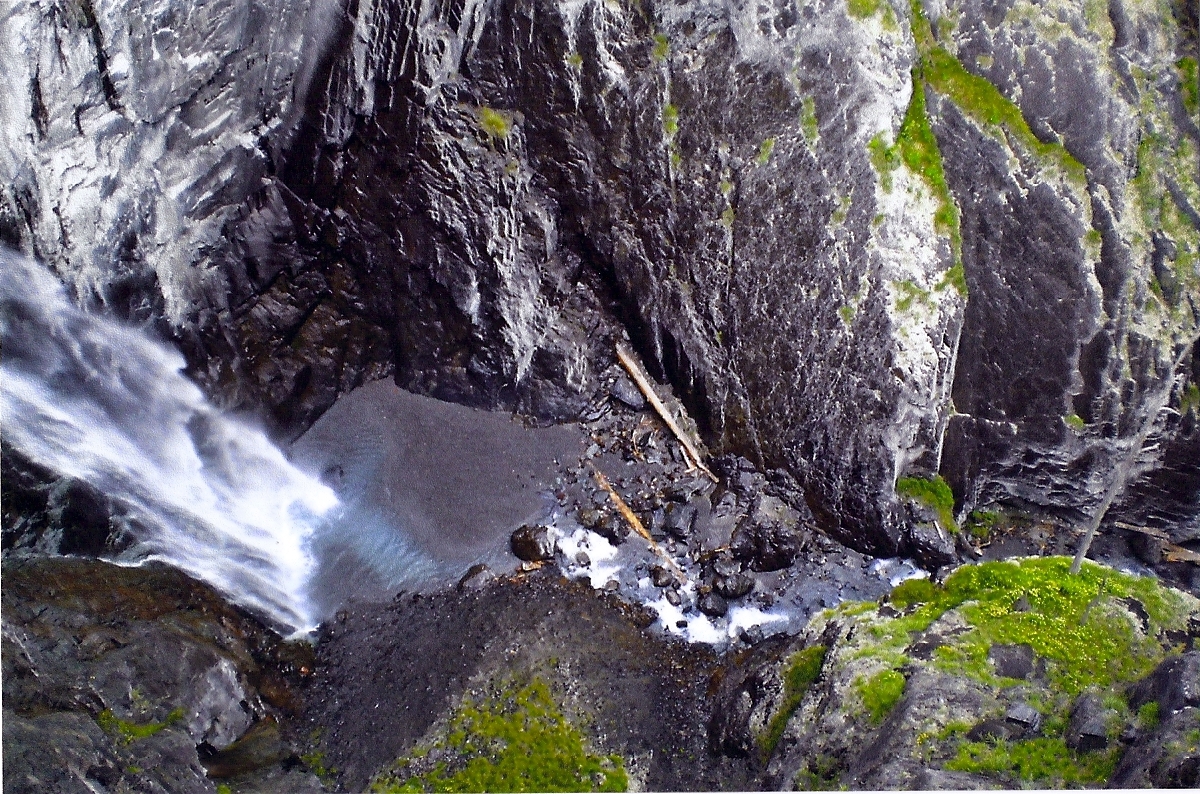welcome to
Imagining solutions,inc.501(c)(3)
Home page
Welcome!
Welcome to Imagining Solutions, Inc. 501 (c)(3)’s home page in which we will introduce to you one of the amazing and outstanding non-profit’s that we are working with, The Global Coral Reef Alliance 501 (c)(3) and their awesome team restoring coral reefs around our globe. This 501 (c)(3) non-profit, The Global Coral Reef Alliance, has a new short video for you to see.
Imagining Solutions is very excited to share this new video with all those who love our planet Earth and want to help educate humanity about one of the many ways we can work together to repair and restore our ocean’s coral reefs. Please watch!! Thank you!
To see and learn more of what the Global Coral Reef Alliance is doing go to: globalcoral.org
Air!
Did you know….
that ocean plant life and the coral reefs supply 50%-67% of Planet Earth's Oxygen?
80% or more of our oceans coral reefS are dead or dying and need your help to repair and regenerate!
From a recent picture taken from space from a nasa satellite it showed that 50% of the atmosphere around the planet has disappeared since over 60 years ago.
To help our oceans and all life in the oceans please go to: globalcoral.org
Recently, our Imagining Solutions’s team was able to go to Cozumel, Mexico and meet with Dr. German Mendez, the head of the coral restoration project at “Sand Dollar Sports” in Cozumel, Mexico, introduced to us by Tom Goreau, the President of the Global Coral Reef Alliance. Please forgive the sloppy amateur filming with our phone camera in the beginning. It gets better and is definitely worth listening to and watching since German Mendez has much knowledge to share with us about the current status of our coral reefs globally.
Cozumel Coral Reef Restoration Program: Go to: http://www.ccrrp.mx
If you are seeking other adventurous opportunities to travel and help the oceans with hands on help please go to: https://travel.reef.support
Imagining Solutions Inc. 501 (c)(3) has Also recently wrote to “The Ocean Cleanup” and received an immediate response as to how we can help clean up the plastic in our rivers before they reach the ocean with a large percentage of our pollution! Please go to: The Ocean Clean UP
We at Imagining Solutions Inc. 501 (c)(3) have been working diligently for the past 17 years to travel to meet scientists and sponsor specific scientists to come to various locations to help educate our local and global community with the aide of this web-site about as many of the clean, symbiotic, sustainable, and restoring technologies that our team with Imagining Solutions, have discovered. These technologies will start to bring our environment’s suffering Planet Earth back to health again! Earth needs EVERYONE to imagine solutions and ACT with those creative solutions for the best interest of our Planet Earth (which naturally is in our own best interests as well), reviving, rebuilding, restoring, and last but not least, replacing these out-dated, inefficient, unsafe, dirty and dangerous energy resources with affordable, clean, safe, and efficient energy solutions.
With education in our schools and sharing the knowledge with others everywhere we go, and at home everyone can be turning the state of our HOME, Planet Earth all around to come back into a harmonious balanced ecosystem. With the right education, exemplification of right application with symbiotic and sustainable technologies and financial support we can repair and restore our damaged ecosystem. We can restore and rebuild our ecosystem back to our Planet Earth's natural and healthy existence and state of being.
To learn about how to educate our children in schools, please go to an amazing model that we have recently discovered called: The “Akshar Foundation” at: Akshar Foundation
An Essay by Amber Hayward Pfeif
Recycling: How to Solve A Global Waste Crisis
There is no simple way to solve our current waste crisis, a problem that has been developing since industrialization paved the way for mass production of disposable consumer products and packaging. In the book, “The Recycling Myth”, author Jack Buffington reports that in the United States alone, Americans use one billion beverage containers per day. 700 million of these products end up incinerated or in a landfill. That does not account for other plastic packaging, discarded household items, and the multitude of products that are difficult to recycle. As we plummet towards environmental collapse, it is our duty to look at our impact and make radical ammends.
To understand how to fix our recycling problem, we must understand some background information about our present system. Our modern recycling methods were first introduced to the United States before the global market introduced a much heavier production of single-use plastics; therefore, these systems were never designed to bear the weight of our present waste trends. The grim reality is that we have already created an irreparable amount of waste that leaks micro plastics and toxins into the environment, produces emissions through incineration, and continues to deplete our natural resources with no end in sight. While many countries in Europe have employed a near zero-waste society (Buffington, 2), the United States has fallen short of these standards. Unfortunately, even when products are recycled by consumers, contamination from improperly washed products can prevent an entire load from being recycled; in other instances, there is not a proper infrastructure or an eager merchant to purchase recycling loads, meaning items are sent to a landfill despite the consumer’s best intentions (Ackerman and Levin). While there are plans for infrastructural change, including bottle deposit programs and contracts to ship our recycled goods overseas, any solutions within the present recycling system would still fail to solve our nation’s waste problems in the long run. This, a supply-chain rehab that implements biodegradable products, a large reduction of product-use, and a strong cultural shift of values concerning how we consume is imminently required to change a failing system.
This is a complex issue, as disrupting supply-chains is hard on the economy, and businesses are unlikely to make voluntary changes to their systems. One proposed solution that addresses our plastic waste without putting major pressure on businesses is to improve automated plastic sorting plants, that would employ several phases of washing and organizing various types of plastic before melting and grinding the materials to improve yields and allow for a greater expansion of reusable plastic products (Larrain). However, this process is considered “down cycling,” as the finished products created from this type of mechanized recycling are of significantly less quality than “virgin” plastic products (Zhu). Another solution that is being studied is engineering enzymes that break down plastics into raw materials that can be used to create new products. This would be considered “up cycling,” as these raw materials could be made into quality products (Zhu). While these proposed solutions may mitigate some of the environmental damage caused by plastic usage, they do little to address the environmental impacts of plastic production and our need to not only reduce our usage, but to clean up the mess ewe have already made.
While it may seem overwhelming and intangible how we, as consumers, can change the course of a destructive global civilization, it is important to address our waste problem on an individual and local level as well. while our small-scale choices may not tip the scales of the world, they do have significant impact on our local communities and may create trends that extend beyond our reach. Creating a culture that is mindful of its environmental impact begins with our families and communities. we can all make everyday changes to reduce waste, including being mindful of what sorts of products we buy, creating a market for bulk products instead of mass-marketed packaged products, buying secondhand products and repurposing and recycling items whenever possible. Being active in local politics to push recycling programs, boycotting plastic bottles, and ensuring your household is minimizing waste and properly sorting recyclables are other ways to make a small difference. All varieties of plastic trash can be used as building materials in the popular earth ship structures of northern New Mexico. Furthermore, introducing mycelium (mushroom) networks to landfill sites is a way we can begin to reverse some of the damage we have caused, as many species of mushrooms are able to break down plastic!
As with many of the pressing issues facing our world today, it is hard not to feel discouraged and helpless about our current situation. Even with the appropriate technologies created to manage our waste problems, we face even greater difficulties passing legislation and implementing changes on a national scale in our bipartisan government. As we fail to address these issues, considered less important than many others on a political scale, we continue to pollute our lands and water with products that take millions of years to decompose. It is important to understand how the problem of waste management intersects with many other issues of conservation and sustainability. The more waste we produce, the more ecosystems suffer, the more our air and water is polluted, and the more we risk a habitable future on this planet. While infrastructural changes to our recycling systems may reduce some of our impact, our future relationship to consumption and waste must change in numerous ways. If we hope to amend our current recycling system, we must examine every phase of a product’s life, and how we can reform the manufacture, use and disposal of products. To ensure a future where resources are valued instead of wasted, a holistic approach to recycling that restructures our current systems and cultural mentalities must occur.
Essay by Amber Hayward Pfeif, 4/09/2024
Works Cited
Ackerman, Joe, and David B. Levin. “Rethinking Plastic Recycling: A Comparison between North America and Europe.” Journal of
Environmental Management, vol.340, 15 Aug. 2023. Science Direct, www-sciencedirect-com.nnmc.idm.oclc.org/science/article/pii/
S0301479723006473. Accessed 8 Apr. 2024.
Buffington, Jack. The Recycling Myth: Disruptive Innovation to Improve the Environment. Praeger, 2016
Larrain, Macarena. “Techno-Economic Assessment of Mechanical Recycling of Challenging Post-Consumer Plastic Packaging Waste.”
Resources, Conservation and Recycling, vol. 170, July 2021. Science Direct, www-sciencedirect-com.nnmc.idm.oclc.org/science/article/pii/S0921344921002160. Accessed 8 Apr. 2024
Zhu, Baotong, et al. “Enzyme Discovery and Engineering for Sustainable Plastic Recycling.” Trends in Biotechnology, vol. 40, no.1 Jan.2022, pp. 22-37. Science Direct, www.sciencedirect.com/science/article/pii/S0167779921000408?
ref=pdf_download&fr=RR-2&rr=8730a208e8df3462. Accessed 8 Apr. 2024
Let’s work together to keep our beautiful Planet Earth looking like these pictures!! Thank you!!
We have enough time to keep enjoying much of the beauty of nature but as it slips away in the "not so beautiful places" it will catch up to these near pristine places before long. Especially if the oxygen around the planet continues to shrink and the ocean life continues to die and not rebuild to supply the planet with the oxygen needed for life on Earth. We all need to ACT now to do what we can to preserve and support life and beauty on Earth for our children and our grandchildren. Please think about the future generations and what we are leaving behind for them.
You too-can make a difference!
To learn more about what you can do to help our Oceans go to: globalcoral.org
Please watch the video below that demonstrates how Planet Earth's precious coral reefs can and are being restored but there is MUCH MORE WORK to be done and it needs everyone's help to financially support the hard work and time it takes to rebuild and restore the damaged and dying coral reefs. Please watch the videos below and educate yourself and then help by going to: globalcoral.org and donate to their non-profit to help fund the work they are doing for us all!
you too-can make a difference!
Enjoy watching the video below about what The Global Coral Reef Alliance is doing in Bali, Indonesia.
For more information as to how to help our Rivers and Oceans, please go to these websites!
We hope you can watch this recent video from “The Ocean Cleanup”!
And another non-profit doing amazing things, please click on:
Imagining Solutions will continue to research and work with other organizations that are working diligently to clean up the plastic in our Oceans, land fills , and trash on our road sides, restoring our coral reefs along with other sustainable solutions for our planet earth! Stay tuned! We will be posting more links to these types of websites so “You Too Can Make A Difference!”














